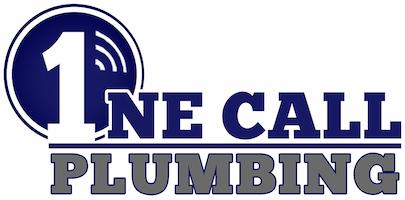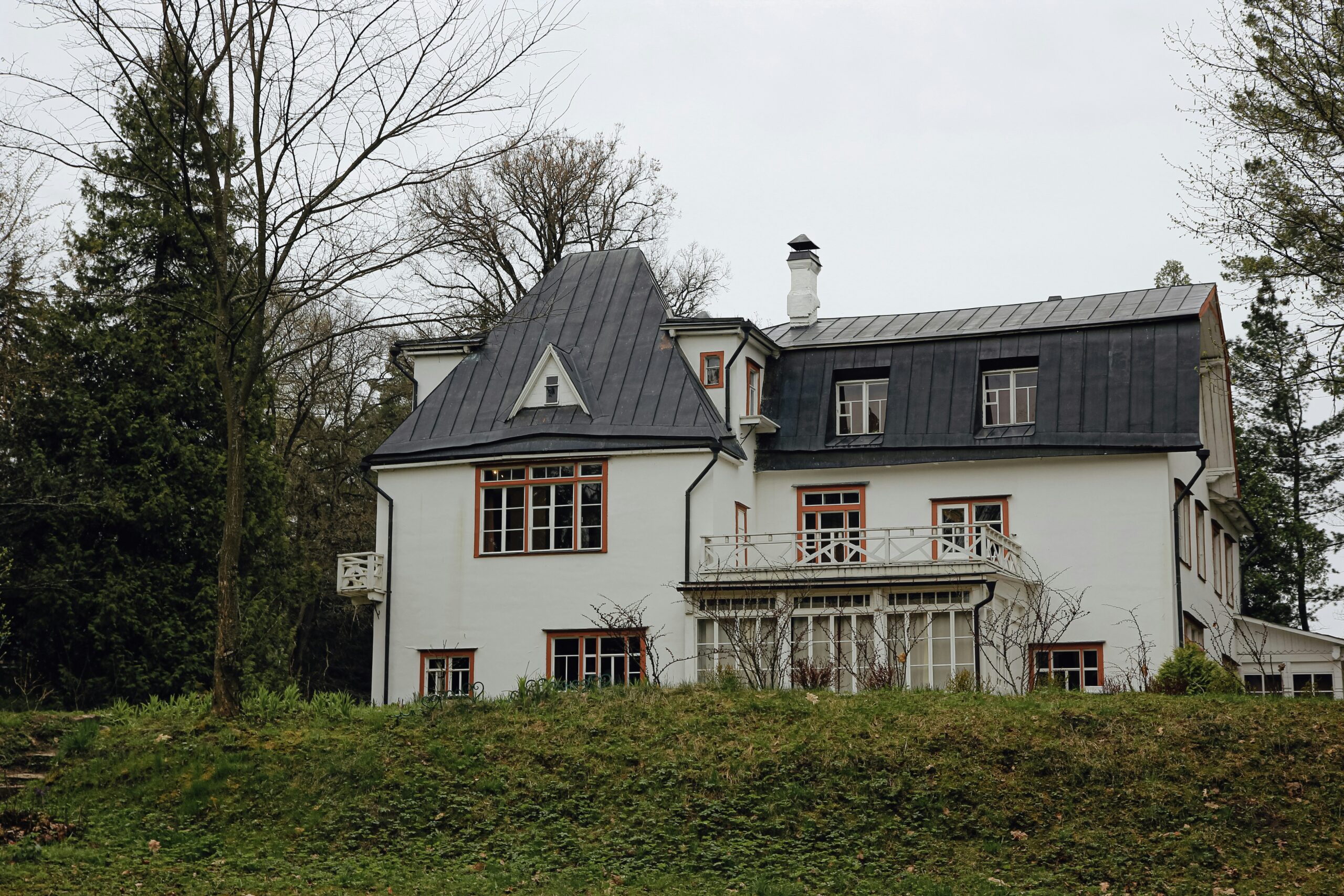Older homes and buildings have their unique charm and character, but they also come with specific maintenance challenges. Drainage systems in such properties are particularly prone to issues due to their age and the materials used at the time of construction. As you maintain or restore an older property, understanding the intricacies of its drainage system is crucial. The wear and tear on pipes over the years can lead to a variety of problems that newer homes may never encounter, making regular cleaning and maintenance a necessity rather than a luxury.
The materials found in the drains of older buildings, such as cast iron or clay, are significantly different from the PVC used in modern plumbing. These materials can be susceptible to corrosion, cracking, and root intrusion, especially in regions with aggressive soil conditions or those that experience extreme weather changes. Your approach to drain cleaning must account for these factors, as traditional methods may not always be suitable. Equipped with the right knowledge and tools, you can effectively manage your property’s plumbing, ensuring it continues to function smoothly.
Regular drain cleaning is not only about preventing blockages but also about extending the life of your property’s plumbing system. Detecting early signs of damage and addressing them promptly can save you from costly repairs and extensive damage. When it comes to older homes and buildings, it pays to be proactive with your plumbing to protect the integrity of the structure and avoid the inconvenience of unexpected plumbing disasters.
Assessing Drainage Systems in Old Structures
When examining the drainage systems of older homes and buildings, your first step is to identify the age of the plumbing. Older structures often have pipes made from cast iron or galvanized steel, which are susceptible to corrosion over time.
Visual Inspection
- Check for visible signs of deterioration, such as rust or discoloration.
- Look for any obvious leaks or water damage around pipes.
Material Assessment
- Determine pipe material: Cast iron, PVC, galvanized steel, or clay.
- Be aware that different materials have varying lifespans and failure rates.
Flow Efficiency
- Conduct a flow test by running water to see how quickly it drains.
- Slow drainage can indicate clogs or buildup within the pipes.
Professional Evaluation
- Consider hiring a professional plumber to inspect with specialized tools.
- Tools like pipe cameras can reveal hidden problems like tree root intrusion or collapsed lines.
Historical Documentation
- Review any available records of past plumbing work or inspections.
- This information can help pinpoint recurring issues or previous repairs.
Remember to approach the assessment methodically to ensure you don’t miss potential issues. Identifying problems early can save you from costly repairs down the line.
Common Drain Issues in Older Homes
Older homes often face unique challenges when it comes to drain maintenance, including corroded pipes, root intrusions, and outdated plumbing that may not meet modern standards. Recognition and understanding of these issues can facilitate more informed decisions regarding maintenance and repair.
Corrosion and Material Degradation
With time, your home’s plumbing system endures natural wear and tear. Different materials have varying life spans:
- Cast iron, commonly used before the 1970s, can last 75-100 years
- Orangeburg pipes, made from wood pulp and pitch, may have 50 years of serviceability
- PVC piping, though not often found in very old buildings, can last indefinitely unless physically damaged
In older homes, metal pipes are susceptible to corrosion which weakens the structural integrity and leads to leaks or collapses.
Root Intrusions and Blockages
Your home’s drainage system can be compromised by tree roots searching for water. Older pipes, particularly those made of clay or porous materials, are more prone to root invasion that can cause blockages or damage. Indications of root intrusion include:
- Slow draining sinks or tubs
- Gurgling sounds from toilets
- Unpleasant odors indicating a possible break in the line
Roots can exert significant pressure, eventually fracturing even the strongest materials over time.
Outdated Plumbing Standards
Historically, plumbing methods and materials were different, and many old homes contain systems that are now considered below modern standards. For instance:
- Lead pipes, found in homes built before the 1980s, pose a significant health risk
- Drum traps, once common, are now obsolete due to their tendency to clog
Your plumbing may no longer comply with current building codes, which are designed to optimise system efficiency and safety. If suspecting that your home’s plumbing is outdated, a professional evaluation can help to determine if upgrades are necessary.
Drain Cleaning Techniques for Historic Buildings
When addressing the unique challenges of maintaining the plumbing of historic buildings, it’s crucial to apply methods that preserve the integrity of the structure’s age-sensitive materials.
Gentle Cleaning Methods
Your approach to cleaning drains in historic buildings should first consider gentle cleaning methods to protect delicate and aging pipes:
- Hot Water: Flush drains with hot water to dissolve minor blockages caused by soap or grease.
- Baking Soda and Vinegar: Combining baking soda and vinegar creates a natural, non-abrasive reaction that can help clear buildup without damaging the pipes.
Professional Equipment and Approaches
For more stubborn blockages, professional equipment and approaches tailored to historic buildings can be employed while minimizing risks to the plumbing:
- Plumber’s Snake: A flexible auger that can navigate ancient pipes; choose one with a soft coating to reduce abrasion.
- Hydro Jetting: A method where water is blasted through pipes at high pressure. It must be used cautiously in historic buildings to avoid damaging fragile pipes.
- CCTV Inspection: Small cameras can be sent down the drainage system to inspect for damage and blockage without invasive procedures.
Preventative Measures and Maintenance
To safeguard the integrity of your older home or building’s plumbing system, it’s essential to adopt a proactive approach through regular upkeep and timely enhancements.
Regular Inspection Schedules
Frequency: Establish a biannual inspection with a licensed plumber to identify potential issues early. During these inspections, they should check for:
- Corrosion or deterioration in pipes
- Blockages or slow drainage
- Integrity of sewer line
Checklist for DIY Inspections:
- Monitor water pressure for fluctuations
- Listen for unusual noises from drains or pipes
- Look for dampness or water stains on walls and ceilings
Upgrades and Replacement Advice
Materials: Prioritize replacing outdated materials like galvanized or lead pipes with modern alternatives such as PEX or copper for improved longevity and compliance with current health standards.
Upgrades to Consider:
- Water Heaters: Replace units older than 10 years to prevent sediment buildup and inefficiency.
- Sewer Lines: Install backwater prevention valves to protect against sewer backups.
Maintenance Tips:
- Schedule regular drain cleaning to prevent clogs.
- Use strainers in drains to catch debris.
Book in your Greenville drain cleaning in with One Call Plumbing.



